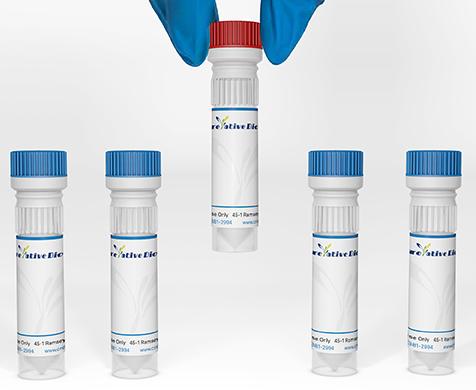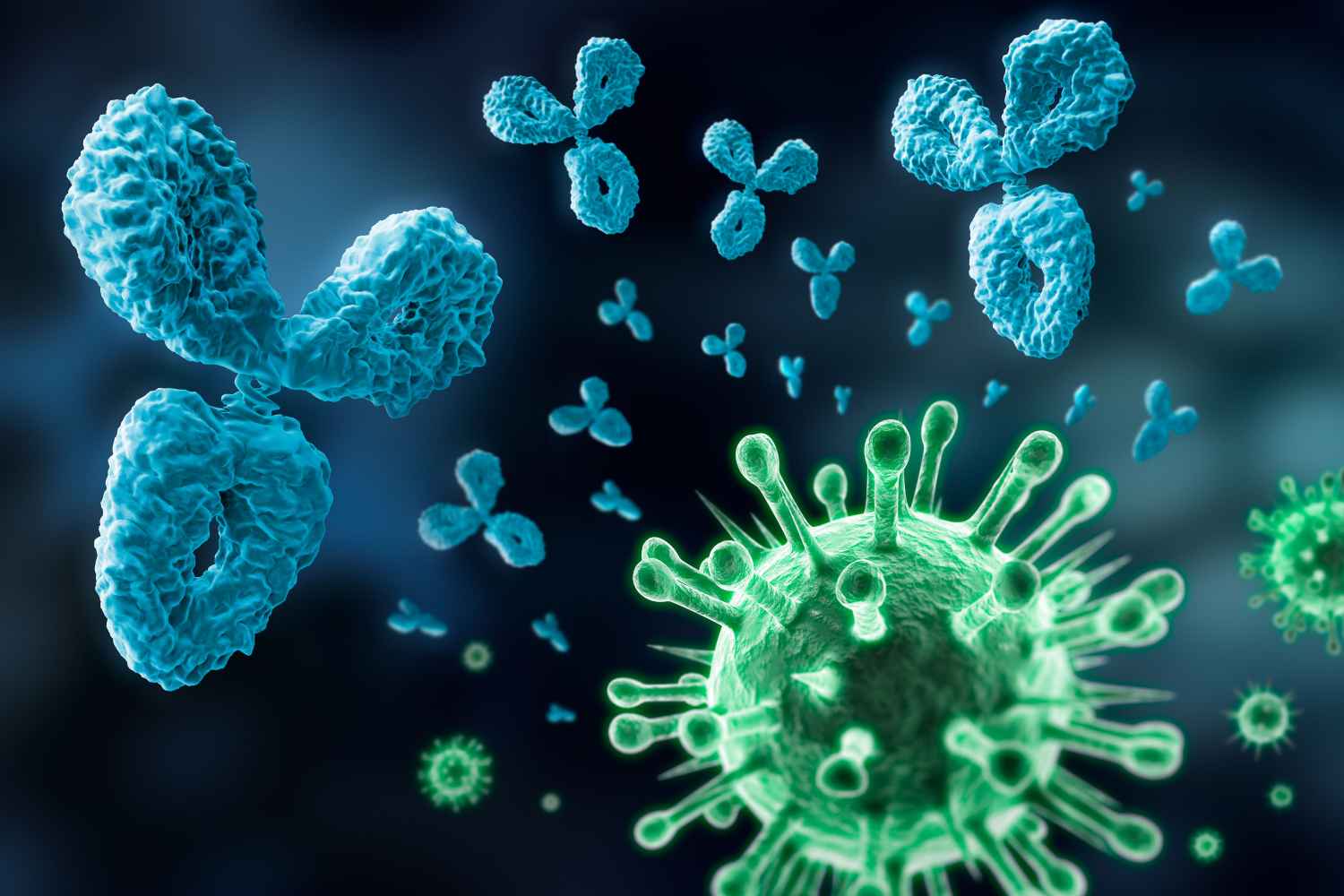NR1I3
This gene encodes a member of the nuclear receptor superfamily, and is a key regulator of xenobiotic and endobiotic metabolism. The protein binds to DNA as a monomer or a heterodimer with the retinoid X receptor and regulates the transcription of target genes involved in drug metabolism and bilirubin clearance, such as cytochrome P450 family members. Unlike most nuclear receptors, this transcriptional regulator is constitutively active in the absence of ligand but is regulated by both agonists and inverse agonists. Ligand binding results in translocation of this protein to the nucleus, where it activates or represses target gene transcription. These ligands include bilirubin, a variety of foreign compounds, steroid hormones, and prescription drugs. Multiple transcript variants encoding different isoforms have been found for this gene. [provided by RefSeq, Jul 2008]
Full Name
Nuclear Receptor Subfamily 1 Group I Member 3
Function
Binds and transactivates the retinoic acid response elements that control expression of the retinoic acid receptor beta 2 and alcohol dehydrogenase 3 genes. Transactivates both the phenobarbital responsive element module of the human CYP2B6 gene and the CYP3A4 xenobiotic response element.
Biological Process
Cell differentiationManual Assertion Based On ExperimentIBA:GO_Central
Negative regulation of transcription by RNA polymerase IIManual Assertion Based On ExperimentIBA:GO_Central
Osteoblast differentiationIEA:Ensembl
Positive regulation of transcription by RNA polymerase IIManual Assertion Based On ExperimentIDA:NTNU_SB
Signal transductionManual Assertion Based On ExperimentTAS:ProtInc
Negative regulation of transcription by RNA polymerase IIManual Assertion Based On ExperimentIBA:GO_Central
Osteoblast differentiationIEA:Ensembl
Positive regulation of transcription by RNA polymerase IIManual Assertion Based On ExperimentIDA:NTNU_SB
Signal transductionManual Assertion Based On ExperimentTAS:ProtInc
Cellular Location
Nucleus
Cytoplasm
Cytoplasm, cytoskeleton
Recruited to the cytoplasm by DNAJC7.
Cytoplasm
Cytoplasm, cytoskeleton
Recruited to the cytoplasm by DNAJC7.
PTM
Phosphorylated at Thr-38 by PKC, dephosphorylation of Thr-38 is required for nuclear translocation and activation.
View more
Anti-NR1I3 antibodies
+ Filters
 Loading...
Loading...
Target: NR1I3
Host: Mouse
Antibody Isotype: IgG1
Specificity: Human
Clone: N4111
Application*: WB, IH, IP
Target: NR1I3
Host: Mouse
Antibody Isotype: IgG2a
Specificity: Human
Clone: 2H10
Application*: WB
Target: NR1I3
Host: Mouse
Antibody Isotype: IgG2a
Specificity: Human
Clone: 1B2
Application*: WB, IH
Target: NR1I3
Host: Mouse
Antibody Isotype: IgG1
Specificity: Human
Clone: CBWJN-0042
Application*: WB, IH
Target: NR1I3
Host: Mouse
Antibody Isotype: IgG2a
Specificity: Human
Clone: 10B1
Application*: IH
Target: NR1I3
Host: Mouse
Antibody Isotype: IgG2a
Specificity: Human
Clone: 9E1
Application*: WB
More Infomation
Hot products 
-
Mouse Anti-BCL6 Recombinant Antibody (CBYY-0435) (CBMAB-0437-YY)

-
Mouse Anti-ASB9 Recombinant Antibody (1D8) (CBMAB-A0529-LY)

-
Mouse Anti-AKT1/AKT2/AKT3 (Phosphorylated T308, T309, T305) Recombinant Antibody (V2-443454) (PTM-CBMAB-0030YC)

-
Mouse Anti-ADIPOR1 Recombinant Antibody (V2-179982) (CBMAB-A1368-YC)

-
Mouse Anti-BZLF1 Recombinant Antibody (BZ.1) (CBMAB-AP705LY)

-
Mouse Anti-ENO1 Recombinant Antibody (8G8) (CBMAB-E1329-FY)

-
Mouse Anti-14-3-3 Pan Recombinant Antibody (V2-9272) (CBMAB-1181-LY)

-
Mouse Anti-CA9 Recombinant Antibody (CBXC-2079) (CBMAB-C0131-CQ)

-
Mouse Anti-ALDOA Recombinant Antibody (A2) (CBMAB-A2316-YC)

-
Mouse Anti-CFL1 Recombinant Antibody (CBFYC-1771) (CBMAB-C1833-FY)

-
Mouse Anti-CDKL5 Recombinant Antibody (CBFYC-1629) (CBMAB-C1689-FY)

-
Mouse Anti-BCL6 Recombinant Antibody (CBYY-0442) (CBMAB-0445-YY)

-
Mouse Anti-EMP3 Recombinant Antibody (CBFYE-0100) (CBMAB-E0207-FY)

-
Mouse Anti-CD46 Recombinant Antibody (CBFYC-0076) (CBMAB-C0085-FY)

-
Mouse Anti-CCNH Recombinant Antibody (CBFYC-1054) (CBMAB-C1111-FY)

-
Mouse Anti-AK4 Recombinant Antibody (V2-180419) (CBMAB-A1891-YC)

-
Mouse Anti-AP4E1 Recombinant Antibody (32) (CBMAB-A2996-YC)

-
Human Anti-SARS-CoV-2 Spike Recombinant Antibody (CR3022) (CBMAB-CR014LY)

-
Mouse Anti-AMH Recombinant Antibody (5/6) (CBMAB-A2527-YC)

-
Rat Anti-EPO Recombinant Antibody (16) (CBMAB-E1578-FY)

For Research Use Only. Not For Clinical Use.
(P): Predicted
* Abbreviations
- AActivation
- AGAgonist
- APApoptosis
- BBlocking
- BABioassay
- BIBioimaging
- CImmunohistochemistry-Frozen Sections
- CIChromatin Immunoprecipitation
- CTCytotoxicity
- CSCostimulation
- DDepletion
- DBDot Blot
- EELISA
- ECELISA(Cap)
- EDELISA(Det)
- ESELISpot
- EMElectron Microscopy
- FFlow Cytometry
- FNFunction Assay
- GSGel Supershift
- IInhibition
- IAEnzyme Immunoassay
- ICImmunocytochemistry
- IDImmunodiffusion
- IEImmunoelectrophoresis
- IFImmunofluorescence
- IGImmunochromatography
- IHImmunohistochemistry
- IMImmunomicroscopy
- IOImmunoassay
- IPImmunoprecipitation
- ISIntracellular Staining for Flow Cytometry
- LALuminex Assay
- LFLateral Flow Immunoassay
- MMicroarray
- MCMass Cytometry/CyTOF
- MDMeDIP
- MSElectrophoretic Mobility Shift Assay
- NNeutralization
- PImmunohistologyp-Paraffin Sections
- PAPeptide Array
- PEPeptide ELISA
- PLProximity Ligation Assay
- RRadioimmunoassay
- SStimulation
- SESandwich ELISA
- SHIn situ hybridization
- TCTissue Culture
- WBWestern Blot

Online Inquiry







